Blinds are a common choice when it comes to window treatments because of their capacity to offer seclusion, light control, and visual appeal. Each blind type, which comes in a variety of materials, has special advantages that can improve the practicality and aesthetics of your room. The advantages of six common blind types—wood, composite, faux wood, vinyl, aluminum, and soft—will be discussed in this blog.
Wood blinds are a classy and sophisticated window treatment that adds a warm, natural feel to any space. These blinds, which are made of premium wood, are ideal for giving both traditional and modern areas a warm, timeless appearance.
Benefits
- Aesthetic Appeal: Wood’s rich hue and natural grain give it a classic, fashionable look that elevates a room’s overall décor.
- Insulation: Because wood naturally retains heat in the winter and out in the summer, it can help keep your home at a comfortable temperature.
- Durability: With the right maintenance, high-quality wooden blinds can endure for many years.
Perfect for
Dining rooms, living rooms, and bedrooms are where a little coziness and refinement are wanted.
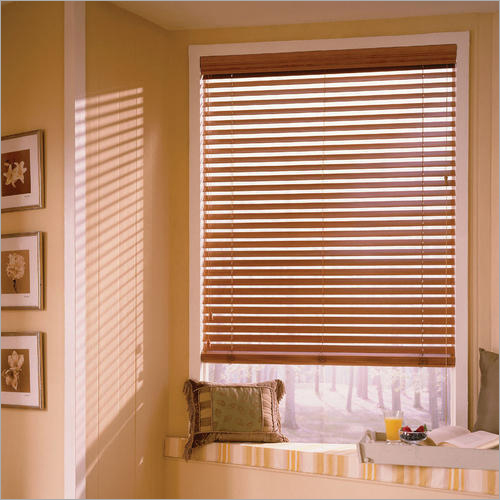
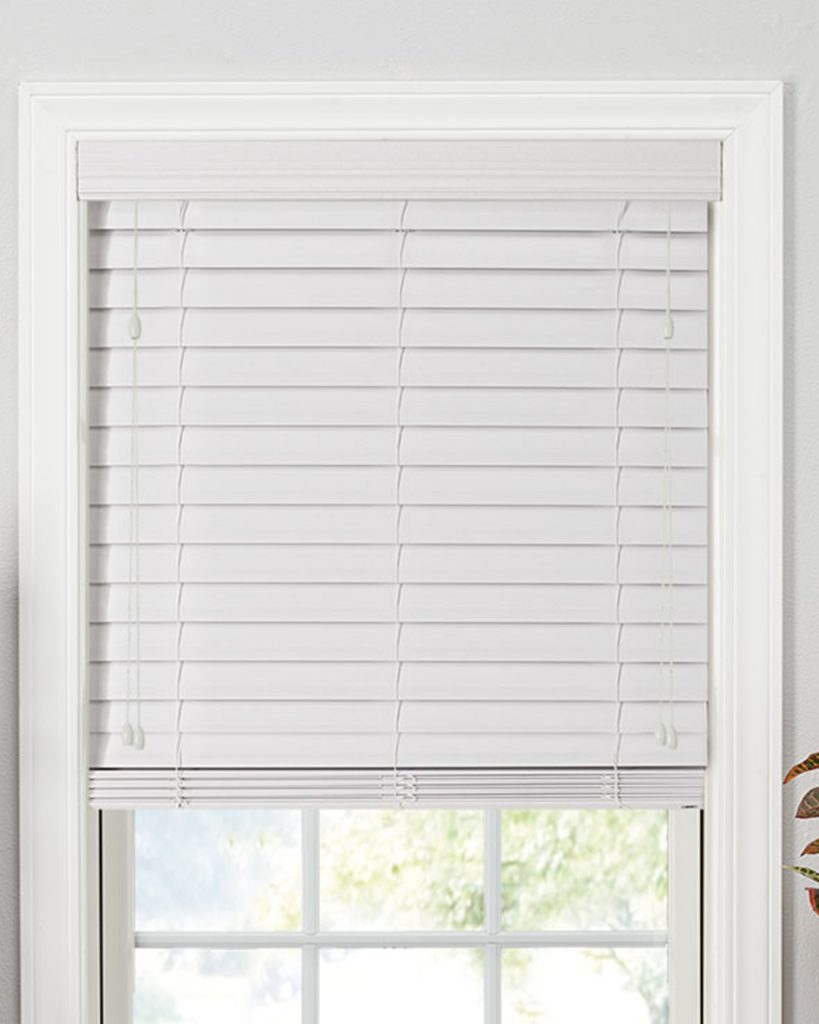
PVC and wood fibers are combined to create composite blinds, which have the look of real wood but are more durable. They are the ideal choice for areas where excessive heat or wetness may be an issue.
Benefits
- Cost-effective: Composite blinds are an affordable alternative because they provide the appearance of wood without the higher price tag.
- Moisture-Resistant: Composite blinds are a great option for bathrooms, kitchens, and basements since they don’t warp or fade when exposed to moisture like wood does.
- Low Maintenance: These blinds are perfect for busy homes because they are simple to clean and maintain.
Perfect for
Bathrooms, kitchens, and high-humidity spaces where moisture resistance is essential.
Composite wood or PVC are examples of synthetic materials used to make faux wood blinds. They mimic the look of genuine wood without requiring ongoing maintenance. They are therefore a very well-liked option for people looking for both beauty and functionality.
Benefits
- Cost-effective: Faux wood blinds are often less expensive than real wood, which makes them a fantastic choice for those on a tight budget.
- Faux wood blinds are resistant to moisture and pests, making them ideal for high-humidity spaces like kitchens and bathrooms. Unlike real wood, they are also pest-resistant.
- Low Maintenance: These blinds are perfect for busy households because they are simple to clean and don’t need to be refinished.
Perfect for
Any room, but particularly high-humidity spaces like kitchens and baths.
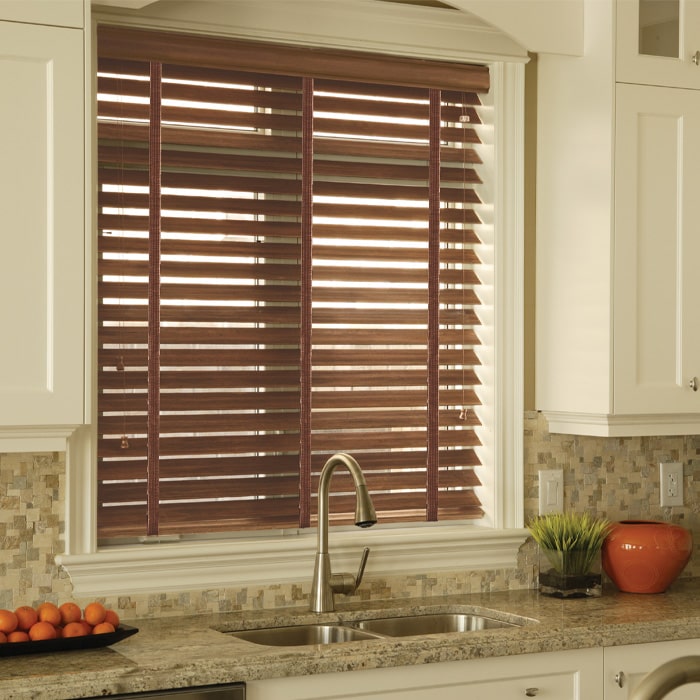
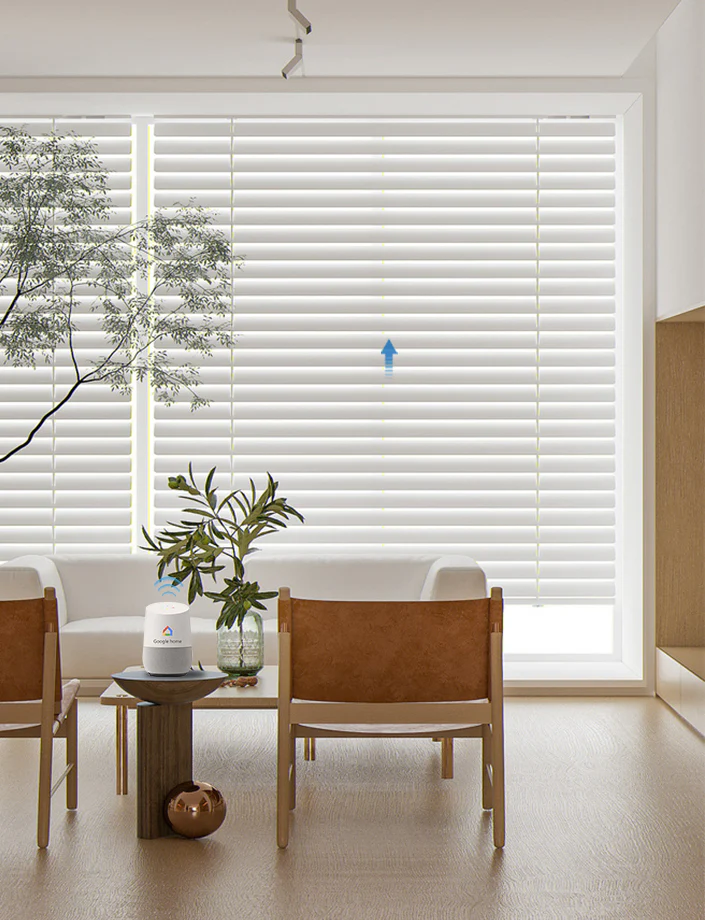
For many homes, vinyl blinds are a cost-effective and long-lasting choice. They are made of high-quality plastic and are available in a wide range of colors and styles, giving you a lot of options for how to match them with your décor.
Benefits
- Reasonably priced: Vinyl blinds are among the least expensive window treatment alternatives, which makes them a great option for people on a limited budget.
- Low Maintenance: Vinyl is perfect for households with kids and dogs since it is simple to clean and impervious to moisture, dust, and stains.
- Durability: Unlike some other materials, vinyl blinds are robust and long-lasting; they won’t warp, break, or fade.
Perfect for
Bathrooms, kitchens, and high-traffic areas where ease of upkeep is important.
Aluminum blinds are renowned for their excellent light control and sleek, contemporary appearance. Lightweight metal slats that may be adjusted to provide superior light filtering are used in their construction.
Benefits
- Modern Look: Aluminum blinds provide a simple, minimalist look that complements modern, industrial, and contemporary settings.
- Light Control: You can precisely regulate how much light enters a space thanks to the thin aluminum slats, which give you freedom all day long.
- Sturdy and Lightweight: These blinds are long-lasting and simple to use because aluminum is a sturdy yet lightweight material.
Perfect for
Modern living spaces, kitchens, and offices where a stylish, useful window treatment is required.

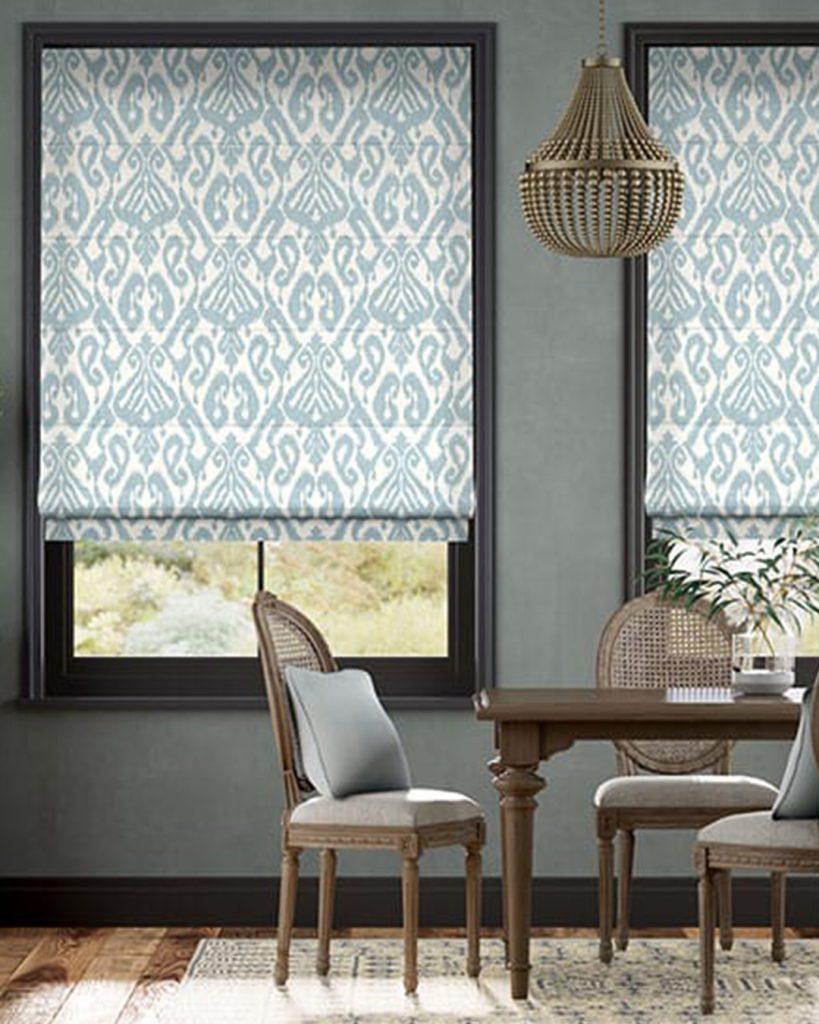
In contrast to conventional hard window coverings, soft blinds—like Roman shades, pleated shades, and cellular shades—are composed of fabric and provide a softer, more sophisticated alternative. These blinds give every space a warm, welcoming feel.
Benefits
- Aesthetic Appeal: Soft blinds are a sophisticated option for any space since they give the depth and texture of your window. They are available in an extensive range of textiles, hues, and designs to complement your interior design.
- Soft Light Filtering: A warm, diffused glow is produced in the space by soft blinds that subtly filter light. If you want to soften the light in your living room or bedroom, this is ideal.
- Energy Efficiency: A lot of soft blinds, particularly cellular shades, have good insulation properties that make your house warmer in the winter and cooler in the summer.
Perfect for
Living rooms, bedrooms, and any other area where you wish to create a warm, welcoming atmosphere.
Conclusion
There are unique advantages to each form of blind that can improve the appearance and use of your house. Wood blinds are naturally elegant and insulating, but composite and faux wood blinds are more affordable and offer durability and moisture resistance. Being inexpensive and low-maintenance, vinyl blinds are an excellent option for hectic homes. Aluminum blinds offer a sleek, contemporary style with superior light control, while soft blinds create a warm, sophisticated appearance while saving energy.
Your budget, personal tastes, and style choices will all influence the blinds that are best for your house. For any area in your home, there is an ideal window treatment, regardless of your preferences for strength, moisture resistance, or visual appeal. You may design a place that is both aesthetically pleasing and useful by being aware of the special advantages of each type of blind.

